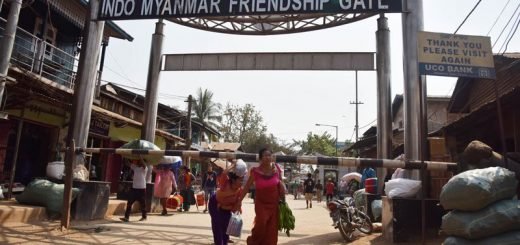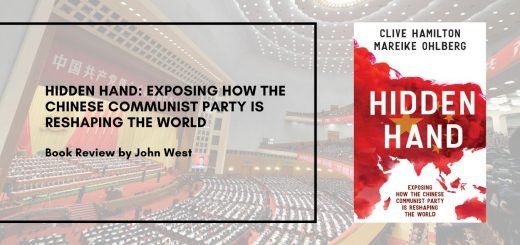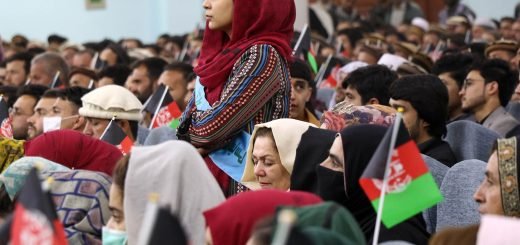Managing future conflicts: 1971 — The war which shaped the subcontinent [Event]
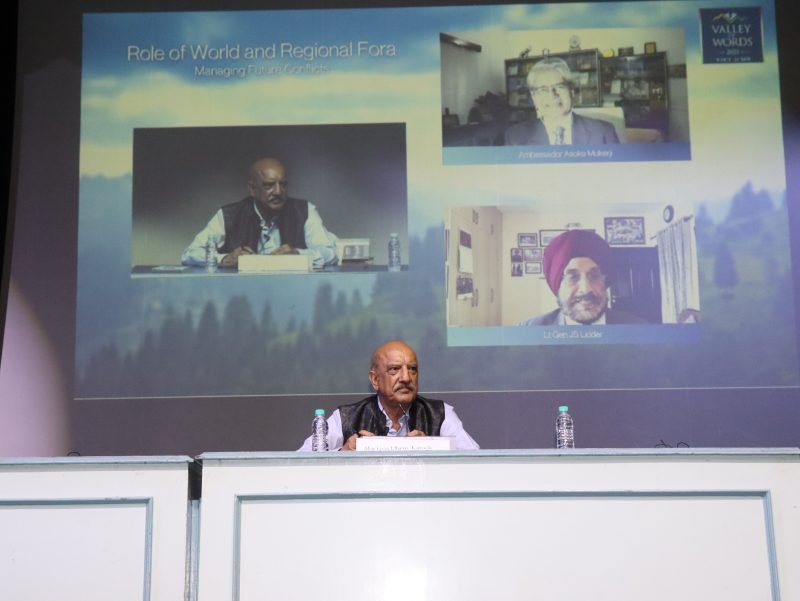
This year marks the 50th anniversary of the war between India and Bangladesh. A delightful and informative two-day event on military history and strategy, focusing on the 1971 war, was conducted at United Service Institution of India (USI), a national security and defence services think tank based in New Delhi, India on October 9th and 10th, 2021. The festival was a part of several literature and arts festivals that Valley of Words (VoW), a literary organization based in Dehradun, conducts annually. This episode on military history and strategy was first among many theme-centric festivals that VoW is going to pull off in the coming weeks. It brought together army veterans of India and Bangladesh, diplomats and authors to the table, to provide a hindsight view of the 1971 war.
Here are the excerpts from the session titled “Managing future conflicts”
1. Role of World and Regional Fora
Underlining the regional conflict complex in South Asia, LT Gen JS Lidder, set the background for the discussion. He said “the India-China-Pakistan triangle remains at the heart of South Asian conflict.” Meanwhile, he argued that the role of the US as a power balancer has reduced since its retrenchment. And, great powers like China and Russia are trying to fill the void left by the US.
Ambassador Asoke Mukerji pointed out that the territorial factor as a “trigger” for South Asian conflict is still perpetual. While at it, he also focused on the crunch of resources like water sharing as a causal factor for the emergence of conflict in South Asia. Lastly, Ambassador Mukerji said that the “bread and butter” issue will be the third trigger in the regional conflict. To this end, he bemoaned the lack of regionalisation in South Asia. He also highlighted the Afghanistan conundrum, as being one of the factors that might impact the region. Further, he mentioned linguistic nationalism as a primary factor that might trigger conflict in the region, for instance, the 1971 War.
Maj. Gen. Dhruv Katoch highlighted the multidimensionality of the conflict in South Asia. According to him, not only territory but ideologies, ethnicity, energy and existential factors affect the regional conflict.
Watch full video: Managing Future Conflicts: Role of World and Regional Fora – Valley of Words 2021
2. Deterrence and Conflict Prevention
The session moderated by Major General Dhruv Kotch invited Lt General JS Lidder, Ambassador Asoke Mukerji, Shri Arvind Gupta and Lt. General Prakash Menon. The course of the session was divided amongst the four speakers with Lt. General Lidder beginning the discussion.
He begins with how the term ‘deterrence’ has changed over time since the world wars and how it is a perception battle given the nature of conflicts that have evolved over the ages. He said, “Capability comes with political resolve and political resolve is a perception today.” The question he kept reiterating referred to what exactly needs to be deterred in the present day if at all a crisis is bound to strike a country? An interesting remark made by him stated that deterrence need not be military.
The second speaker was Ambassador Asoke Mukerji. He pinpointed how deterrence is not confined to military power and how non-state actors have taken precedence as witnessed in the case of Afghanistan. Ambassador Mukerji took the issue of technological dimension but of course, what was once there in 1945 as a nuclear bomb has now evolved into cyber threats and even attacks from outer space. Technology will continue to affect people who deal with conflict prevention and thus India’s context was also spoken of. He named India should be more self-reliant and be the master of its activities. He concluded by mentioning that deterrence in the present day must wither away from the traditional conventions for conflict prevention.
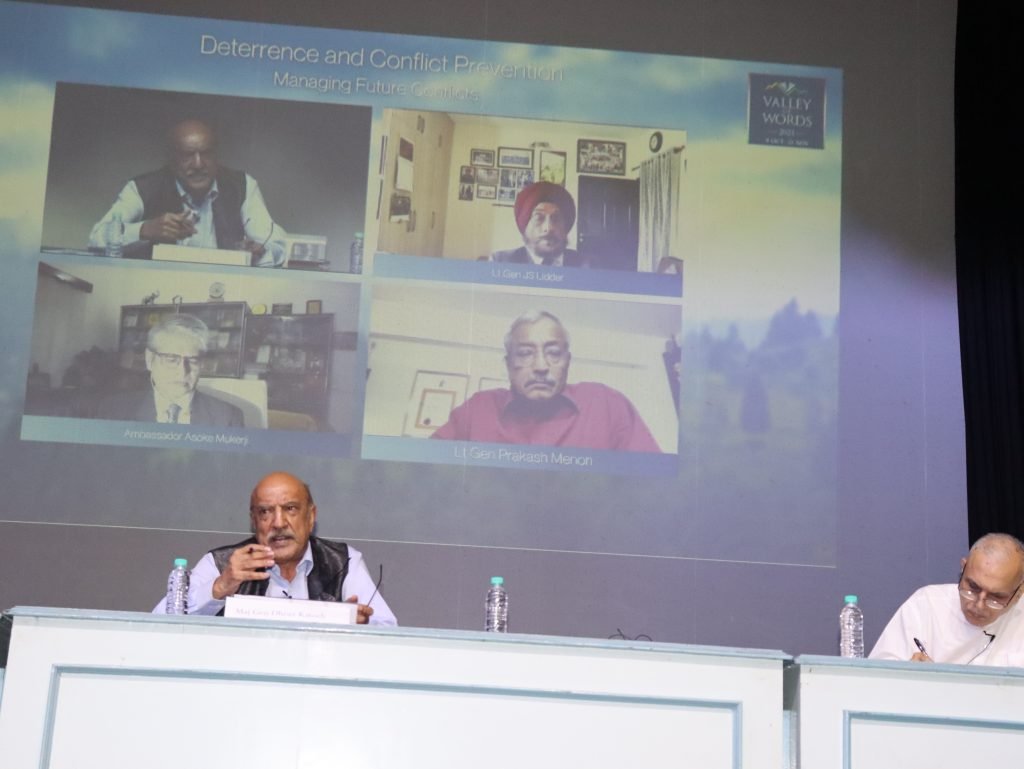
The third speaker, Dr. Arvind Gupta opened his remarks with how conflicts have always existed. The key to crack conflict prevention is how to manage them and deal with them given the change of deterrence. The threat scenario has become grand. The literature on deterrence is different from how one perceives it. Taking inspiration from Kissinger’s work on deterrence he draws the attention of the audience towards how people look at deterrence differently and there is an overlap of both political and ideological dimensions. He concluded that since countries live in a realist world, one has to be clear about what deterrence is being talked about. He said, “You can build a scenario, but you can’t control the scenario.”
The last speaker joining this session was Lt. General Prakash Menon who narrated how the essence of deterrence remains to be a combination of defensive and offensive ability. He stressed that one cannot talk about conflict prevention and deterrence without knowing what is conflict? Speaking in terms of India, he highlighted that given the nexus between Pakistan-China and look out for what could be targeted. Conflict requires dialogue and Lt General Menon substantiated this point with the nuclear dilemma. The use of any nuclear weapons comes with a strategic effect and there is a need to understand the political rhetoric.
Watch the full video on YouTube: Managing Future Conflicts: Deterrence and Conflict Prevention – Valley of Words 2021



